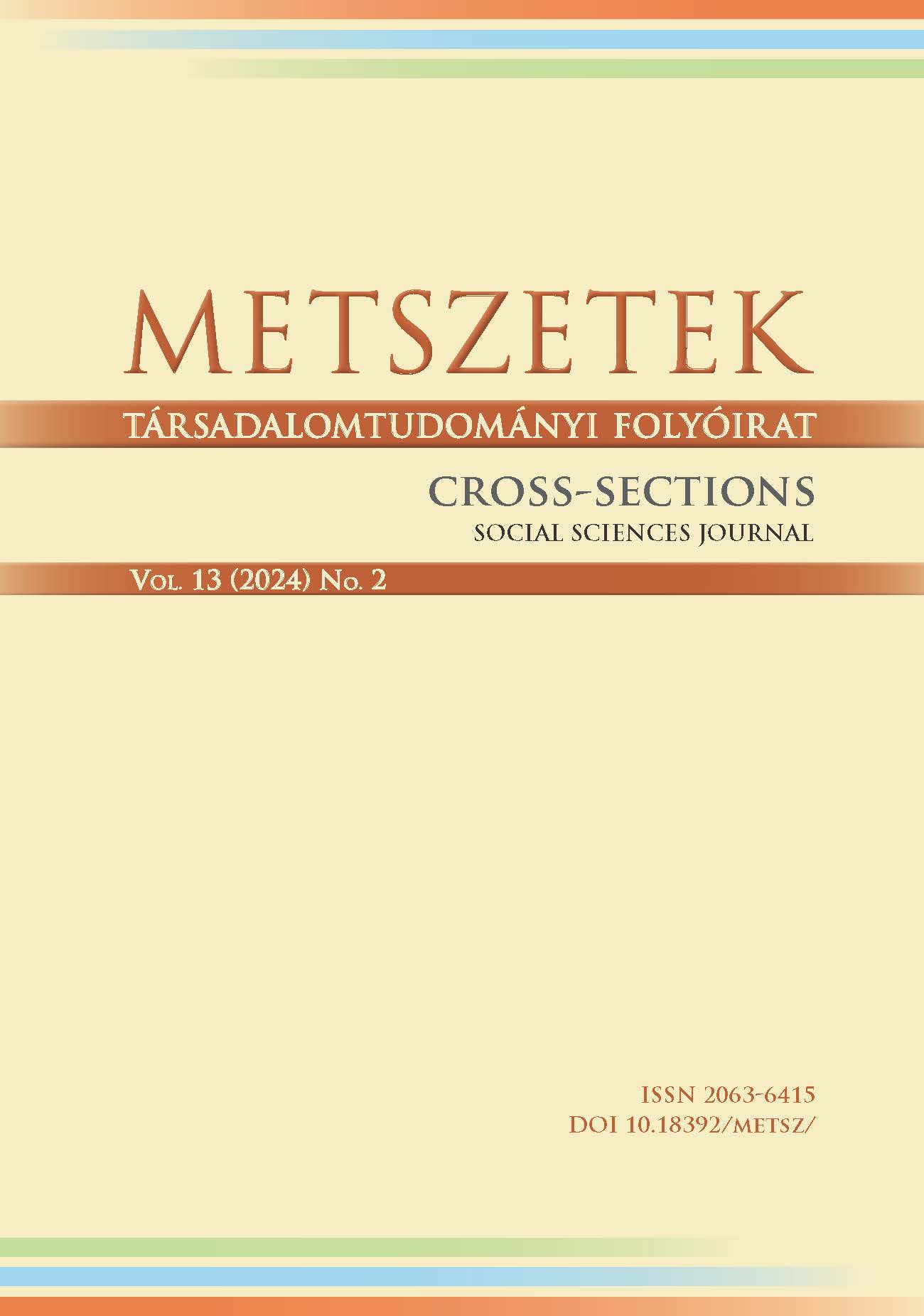Exploring the possible expressions of social dominance in an online context: Discourse analysis below the video contents of the representatives of Finn’s Party
Author
View
Keywords
License
Copyright (c) 2024 CROSS-SECTIONS Social Science Journal

This work is licensed under a Creative Commons Attribution 4.0 International License.
A CC BY licence alkalmazása előtt megjelent cikkek esetében (2020 előtt) továbbra is a CC BY-NC-ND licence az érvényes.
How To Cite
Abstract
In the course of the study, discourse analysis was used to examine the comments posted under the videos of three representatives of the Finns Party with the largest YouTube following. The aim of the research was to identify discoursive manifestations of social dominance in the comment field. In addition, we also aimed to validate a word list of socially dominant terms. To this end, we have identified four linguistic categories that could form the basis of socially dominant communication, based on the literature of social dominance. The words with the highest number of elements in each category were presented in a word cloud. After collecting the most frequent terms, three external groups were identified against which social dominance orientation may be relevant. These suggest that the European Union, immigrants and the domestic left may constitute the out-group category in the eyes of populist supporters. Finally, the hierarchical terms were not validated as they occured in a negligible number of items in the sample. The successfully validated categories were plotted on a cross-tabulation, from which we created four different types of Finns Party supporters based on the out-group they named and the dominant common words and phrases in the comment categories. The presence of authoritarian, political out-group category points to the spread of political polarization in Finland. Since social identity underlies both social dominance orientation and political polarization, it may be relevant to examine both together in future research. Nonetheless, social dominance was not expressed in the way that was initially assumed and commentators perceived “real Finns” as the sufferers of a socially dominant situation. The background to this phenomenon is presumably the populist political rhetoric of the Finns’ Party, which tries to portray Finns as people left behind in disadvantaged social positions.

 https://doi.org/10.18392/metsz/2024/2/2
https://doi.org/10.18392/metsz/2024/2/2





